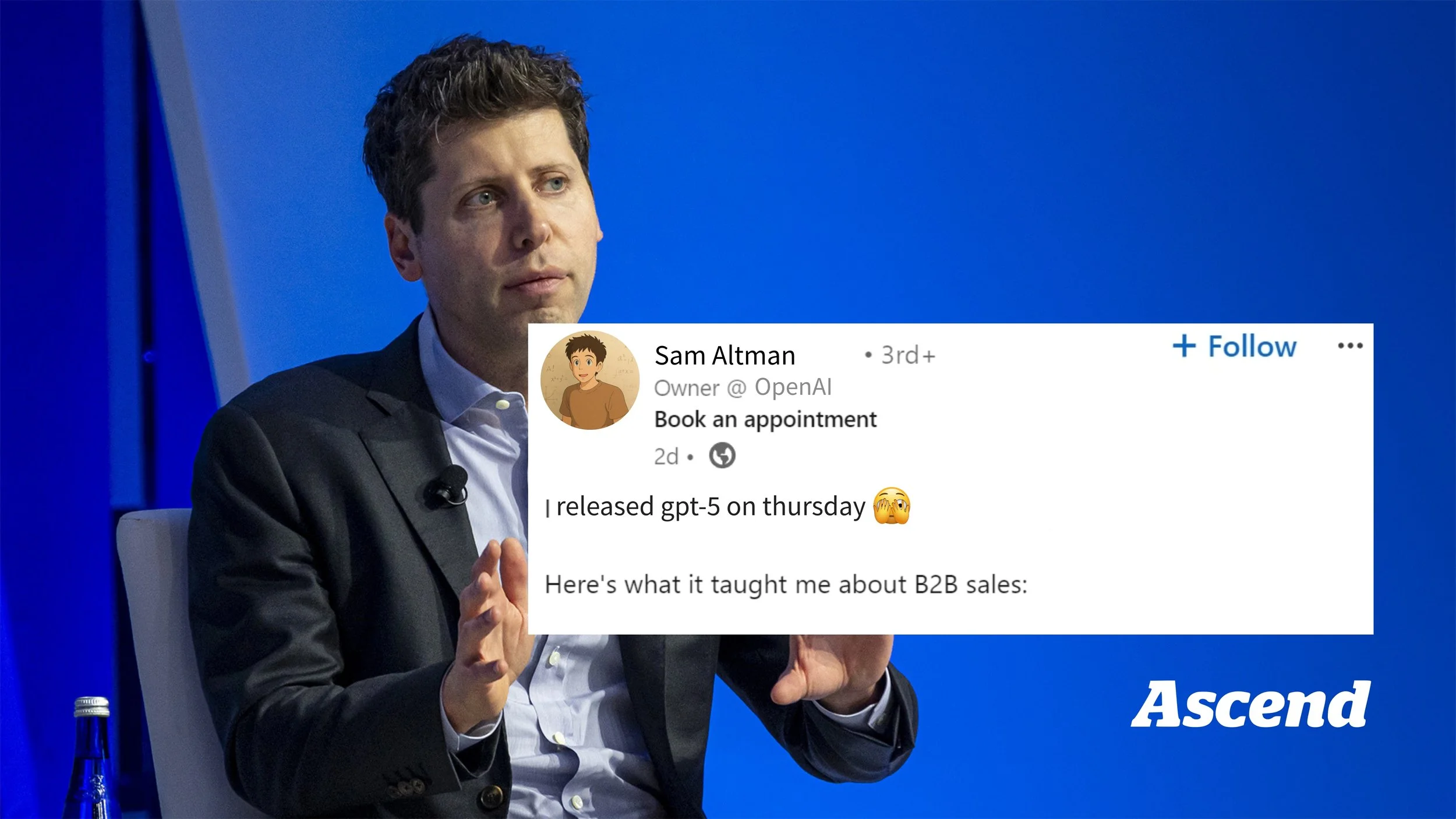By: Thomas Stahura
I’ve always felt people take modern weather forecasting for granted.
It was only a hundred years ago when folks would wake up and have absolutely no idea what the day would bring weather-wise. It was all a guessing game, beholden to their rudimentary understanding of seasons and the heavens they prayed to.
Meteorology looks a lot different these days. We can access near-perfect forecasts from our phones, predictions pulled from satellites orbiting the planet and sensors scattered from coral reefs to mountaintops, all streaming data into vast networks of machine learning models that run continuously, refining and reshaping themselves with every run. Forecasting has evolved from ritual to mathematics, and from intuition to automation, an invisible engine of civilization that still carries a trace of awe every time it proves that the chaos of nature can be, if not conquered, at least anticipated.
Take, for example, the great Galveston hurricane. In the early Fall of 1900, a ship east of Guadeloupe detected a tropical cyclone. It moved steadily west, making landfall in the Dominican Republic three days later. It then weakened slightly as it crossed Hispaniola before slowly drifting along the southern coast of Cuba.
About a week later, Father Reese Gangoite, the director of the Belen College Observatory in Havana, said the storm was in its formative stages, moving northwest. As such, Gangoite hypothesized the storm was moving towards the Texas coast. The United States Weather Bureau (as it was then called) disregarded this forecast, predicting the storm would curve northeast hitting Florida.
After a few more days , the ship Louisiana encountered a hurricane in the Gulf of Mexico. Its captain, T. P. Halsey, estimated it had strengthened to a category 2 storm (100mph wind speeds), which quickly intensified to a category 4 storm the following day (130-156 mph).
Two days later, the unconcerned residents of Galveston were greeted with a brisk wind. Little did they know, a major hurricane sat just 50 miles off the coast. The cyclone made landfall at 8 p.m. with the eyewall passing just southwest of the city. An estimated 6-to-12 thousand people died, making it the deadliest storm in American history.
The meteorologists of 1900 relied on intuition, barometric pressure, and basically educated guesswork. But tragedies like Galveston sparked a question that would haunt scientists for a century: could we ever truly predict the weather? Two decades later, a mathematician dared to say yes.
Lewis Fry Richardson in 1922 published Weather Prediction by Numerical Process, describing a “forecast-factory” where tens of thousands of humans would literally sit in a spherical auditorium, solving tiny fragments of differential equations by hand in perfect sync.
He tested his theory himself, using pencil and paper to calculate a six-hour forecast that took him six weeks. Only to output a pressure so high it was naturally impossible. But the logic was sound.
What Richardson lacked wasn’t insight, of course, it was compute.
Fast-forward to 1950. Mathematician John von Neumann and meteorologist Jule Charney dusted off Richardson’s equations and fed them into ENIAC, an early super computer with nearly 18,000 vacuum tubes. It hummed for 24 hours straight to produce a 24-hour forecast. Barely faster than the weather itself, but this time it worked! And just like that, numerical weather prediction (NWP) was born.
From ENIAC to the IBM 709s and the Cray supercomputers of the 1980s, meteorology became the main application of super computing. Forecast accuracy marched steadily upward, powered by growing datasets, satellites, and ever-faster chips. The European Centre for Medium-Range Weather Forecasts (ECMWF), founded in the 1970s, became the Mecca of forecasting, its simulations running on machines so powerful they needed their own cooling towers (sounds familiar). NASA, NOAA, and the Japanese Meteorological Agency followed similar trajectories, each building bigger, faster, more physics-heavy models.
Then came AI.
Over the past decade, AI models sidestepped fluid dynamics entirely, opting for neural nets instead of physics simulations. Google DeepMind’s GraphCast, Huawei’s Pangu-Weather, and NVIDIA’s FourCastNet regularly outperform traditional physics-based forecasts, especially for medium-range predictions. What takes a $300 million supercomputer hours to compute, an AI can produce in minutes on a single GPU.
Forecasting agencies now run massive ensembles of predictions, exploring thousands of possible futures with varying atmospheric conditions and averaging the results.
Just last week, the National Hurricane Center credited DeepMind for pinpointing Hurricane Melissa’s sudden leap to category 5 intensity. Traditional models missed it, GraphCast called it 18 hours in advance. The World Meteorological Organization even launched a new initiative pairing AI-driven forecasts with low-cost IoT sensors across sub-Saharan Africa.
Of course, AI isn’t perfect. It tends to smooth out extremes, sometimes underestimating phenomena like microbursts or flash floods. That’s why the current frontier is hybrid (AI and physics) modeling.
For a century we’ve chased storms with equations, ships, and satellites, trying to impose order on a truly chaotic system. And now, in a strange reversal, the data from the storm is chasing us, creating its own order within our neural networks. The race to stay ahead has never been more exhilarating — so stay tuned!





















